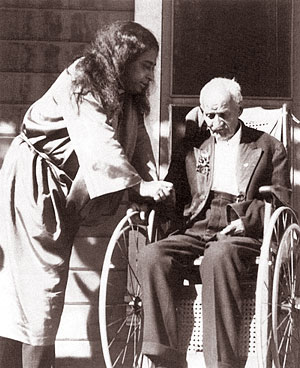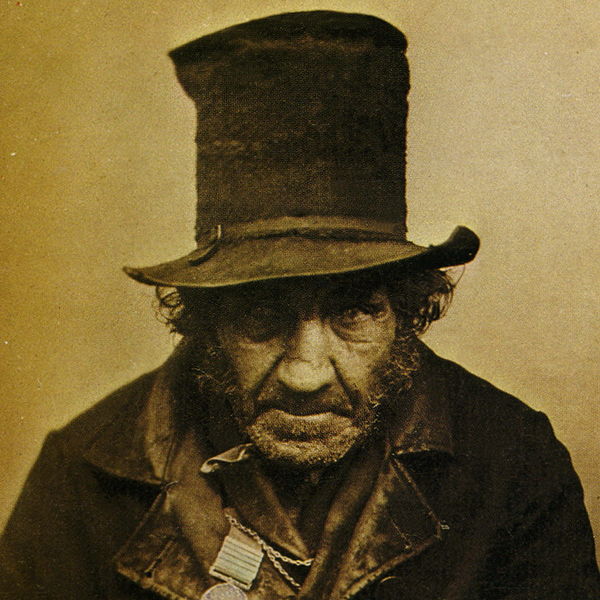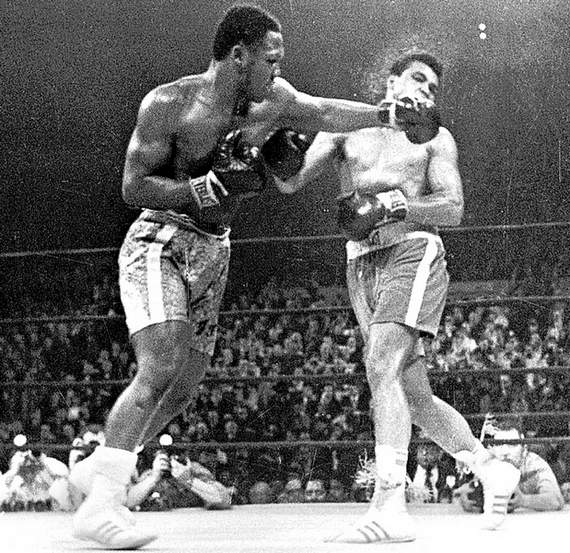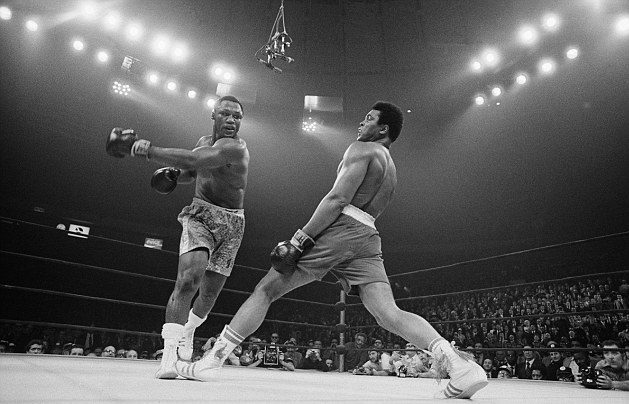
“Bleeding from all parts of the body was the principal thing noticeable.”
An 19th-century Illinois lad was often mysteriously soaked in his own blood, as evidenced by an article that ran in the January 27, 1881 Brooklyn Daily Eagle. An excerpt:
“Chicago–A boy named Willie Crawford is suffering from a strange disease, the most extraordinary feature of which is that he sweats blood. The boy’s parents live at 86 Seeley Avenue. He was born December 1, 1866, and hence is a little over fourteen years of age. Up to seven years ago last summer he was healthy. He played hard, ate heartily and slept soundly. One night he woke up and called his mother, and she found him bleeding at the nose. She could not stop it, so she called a doctor, who said, ‘it was nothing but a bad nose bleed. Put cold cloths on his back.’ This was done but without avail, and another doctor was called. The bleeding at the nose was stopped, and then there came out on his body great black patches, and they would bleed. Blood also flowed from his mouth and eyes and from his stomach, and upon one occasion from his bladder and kidneys.
Willie recovered from the first attack and became apparently as well as ever, but others soon followed, and he was constantly under the care of different physicians. Bleeding from all parts of the body was the principal thing noticeable. It made him very weak, and the blood from his mouth affected his taste so that he could not partake of nourishment without great difficulty. On some occasions blood would issue in small drops about the size of a pin head from, as it seemed, every pore in his body and would stain his clothing, just as though blood had been pricked into the cloth. These discharges were unaccompanied with pains, and, until the last attacks were without much fever. Spots of all shapes and sizes would appear upon all parts of his body and would turn as black as coal sometimes, and at others would be of red or blue color.
Three weeks ago to-day he was taken down suddenly with the worst attack he has ever had. He bled so much that his blood became so thin and reduced in quality that it would scarcely soil a white handkerchief. He also had a high fever and bled so badly from his nose that it had to be constantly plugged. His gums, mouth and tongue were covered with large blood blisters, and the whites of his eyes were bloodshot, and it seemed as though he could not live, he had become so weak. These attacks, though they have come without any apparent cause or warning, have sometimes been produced and stopped by sudden excitement. Mrs. Crawford said he was once bleeding so badly that she went for a doctor, and left him with the hired girl and one of her daughters. As she was coming back, Willie met her with the bleeding stopped, though he was deadly pale, as he said, ‘Bridget has fainted, and Maggie is almost scared to death.’ He was so frightened at the fainting of the hired girl that it had for the time cured him.
Willie Crawford is mentally bright, and his father, mother, brother and sister are strong and healthy. The physicians who have taken an interest in his case propose sending him to Edinburgh and London for examination by the Academy of Surgeons.”






























